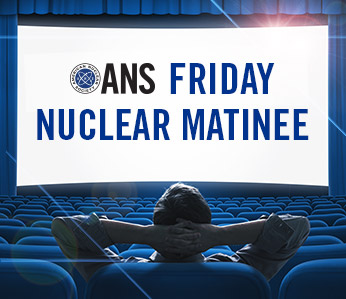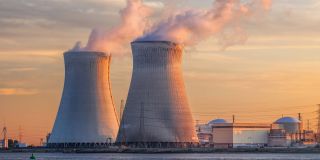Friday Matinee Special: Nuclear Materials Innovation
(This post is the first of a series showing presentations given at the American Nuclear Society's 2017 Annual Meeting, held in San Francisco in June.)

The materials used in the construction of the many varied components of nuclear power plants are a wide-ranging set of tried-and-true compositions, most of which are very well-known and which were first developed decades ago. The wealth of experience is significant - it allows us to know very surely how materials will behave in severe environments such as high radiation flux and high temperature. What's also important to know is that such materials might possibly be improved upon. And therein lies the rub. How do we develop new materials for use in nuclear power and, at the same time, have the same high-level of confidence for newer and theoretically better materials that we've long had for the established ones?
Jeremy T. Busby of Oak Ridge National Laboratory explains how this can be achieved - and the change in methodology between how the old materials were developed and how new ones will be is striking. Busby's presentation, delivered as just one of a variety on innovation and nuclear technology at the ANS Annual Meeting in June 2017, describes how we'll move into the future of specifying, developing, testing and certifying a wide range of new materials that will both extend the lifetime of existing kinds of technology (large light water units) and also be used in the coming generation(s) of advanced reactors. It's an exciting field, and an exciting time - and Busby shows us that there are very likely many new developments on the road ahead.

